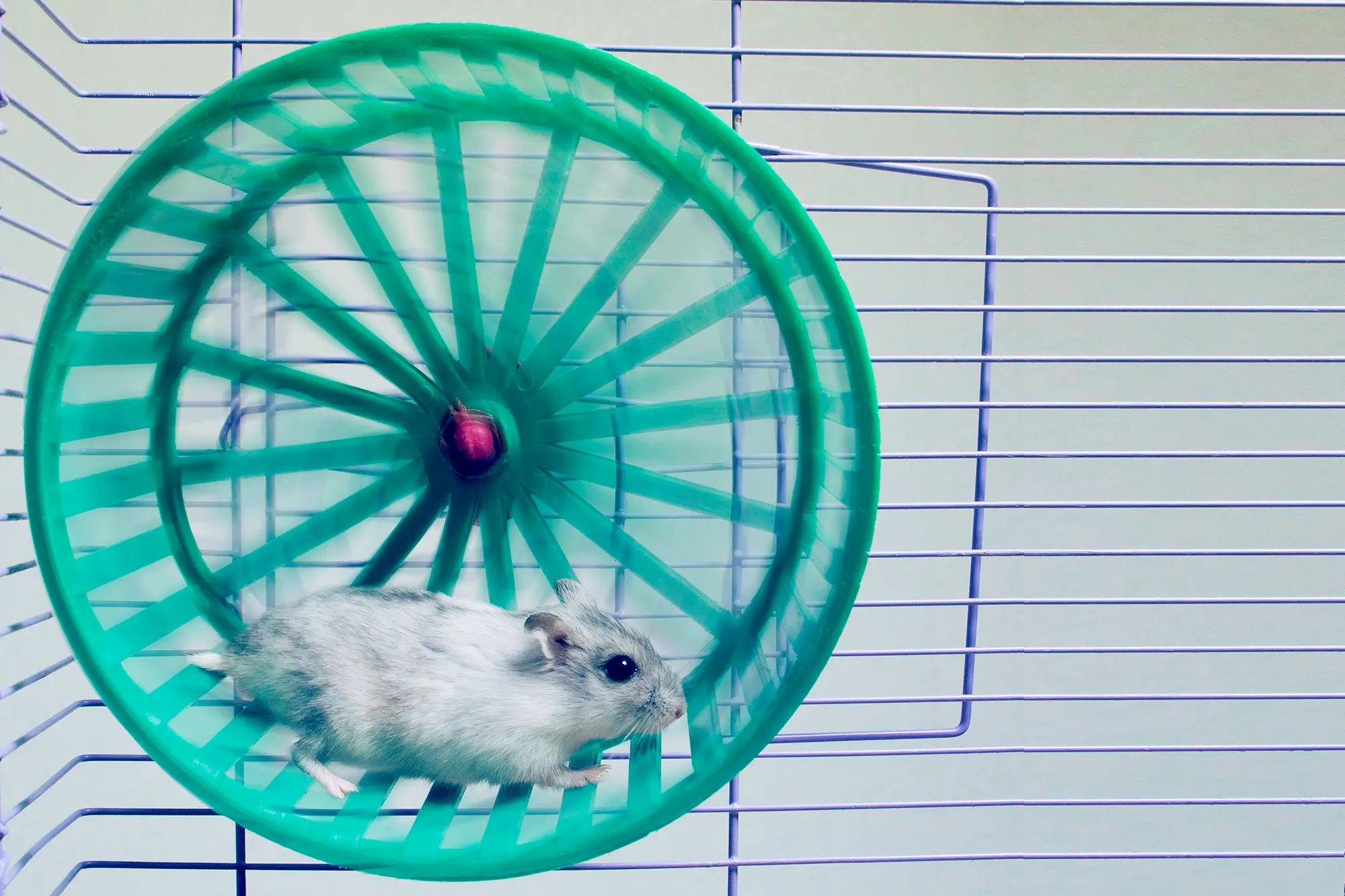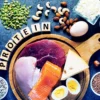This study explores the relationship between exercise, non-exercise physical activity, and body temperature, revealing surprising effects in mice.
Overview
- What did they find? The study tested the impact of different intensities of acute exercise on subsequent non-exercise physical activity (NEPA) and body weight in mice.
- What did they test? They found that vigorous exercise led to a decrease in NEPA and body temperature, resulting in weight gain without changes in food intake.
- What does it mean for you? The findings suggest that vigorous exercise (in mice) might not always aid weight loss as expected, potentially due to compensatory mechanisms affecting activity levels and metabolism.
What’s the problem?
Non-Exercise Physical Activity (NEPA) are the things we do throughout the day that are not part of formal exercise routines, such as walking, standing, fidgeting, or performing household chores. Non-exercise activity thermogenesis (NEAT) quantifies the energy expenditure from these activities and represents the calories burned through these movements. While NEPA focuses on the actual physical activities, NEAT emphasizes the thermogenic aspect, which is the most variable component of total daily energy expenditure 1.
Figure 1. Contributions to Total Daily Energy Expenditure.
In some cases, an increase in exercise is associated with a reduction in NEPA and a corresponding rise in sedentary time, which can offset the intended energy deficit from exercise interventions 2. While recent systematic reviews have found that exercise does not typically decrease NEPA on average, there are individuals who do exhibit compensatory behaviors 3 4. This compensation could lead to reduced weight loss over time, particularly during dieting. This phenomenon is sometimes described as part of a "thrifty phenotype," characterized by a larger decrease in 24-hour energy expenditure during fasting and a smaller increase in energy expenditure with overfeeding. These traits have been linked to less weight loss during a diet, whereas a more "spendthrift" phenotype, with a greater increase in energy expenditure, has been associated with more significant weight loss and a higher rate of energy deficit 5.
Given these findings, further research is needed to evaluate the impact of diet and exercise on NEPA and NEAT. Rodent studies allow for controlled experimental conditions that are difficult to achieve in human studies. For example, using rodent models, researchers can precisely control variables such as exercise intensity by adjusting treadmill speed, duration by setting specific exercise times, and diet by altering caloric intake or macronutrient composition. Additionally, they can continuously monitor NEPA and NEAT in real-time through advanced methods like implanted telemetry devices that track movement and metabolic rate, or automated systems that measure cage activity and energy expenditure with high accuracy. These can help identify the specific mechanisms behind compensatory reductions in NEPA and NEAT and determine how different variables, such as energy restriction and exercise intensity, affect these outcomes. Insights gained from rodent studies can then be applied to human research, guiding the design of interventions that minimize compensatory behaviors and optimize weight loss and maintenance strategies.
Purpose
To investigate how different intensities of acute exercise affect NEPA and body temperature, and their relation to weight gain.
Hypothesis
Acute vigorous, but not moderate exercise intensity or sedentary conditions, will decrease subsequent NEPA and core body temperature.







